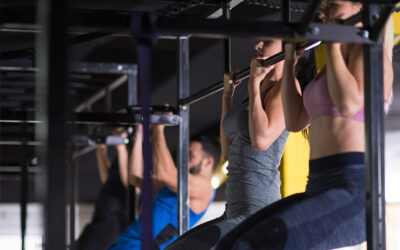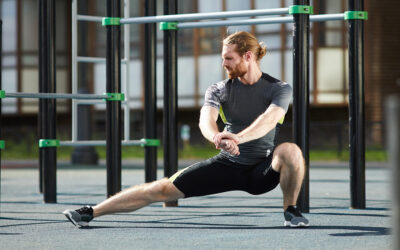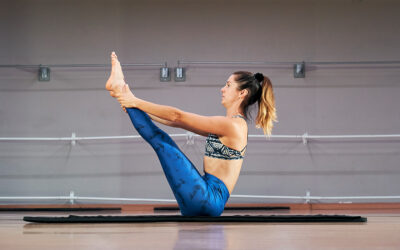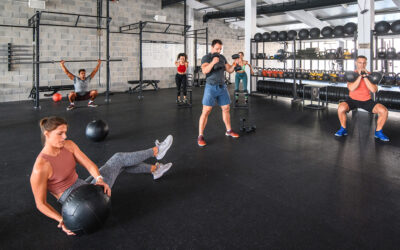Health Topics
Post-exhaust Strength Training
Post-exhaust training method basically involves a compound exercise followed by an isolation exercise. An example of this is a chin up paired with a straight-arm press down (to further fatigue the lats) or biceps curl (to further fatigue the arms). The idea behind...
Chest
The chest forms part of a larger group of “pushing” muscles in the upper body and is made up of three muscles: pectoralis major, minor and the serratus anterior. PECTORALIS MAJOR This is the larger of the chest muscles and is responsible for adduction of the arms,...
Super Set Strength Training
The concept of a superset is to perform 2 exercises back-to-back, followed by a short rest (but not always). This effectively doubles the amount of work you are doing, whilst keeping the recovery periods the same as they are when you complete individual exercises....
Why You Should Do Mobility Training
It combines mobility exercises that increase the range of movements and motions your body can perform. These include flexibility, but also balance, pliability and strength. The full combination is the best way to avoid injury. Mobility is “proprioception” – our...
Abductors and Adductors
Abductors This group of muscles are responsible for hip abduction (moving the leg away from the midline of the body). They also help with rotation of the leg at the hip joint and are necessary for being able to remain stable when walking or standing on one leg. In...
German Volume Training
German volume training (GVT) is an intense exercise program that builds the muscle mass and strength necessary for weightlifters to move beyond personal plateaus. It’s sometimes called the 10-sets method. The training program involves high numbers of sets and...
Moderate Intensity Steady State Training
MISS, or Moderate-Intensity, Steady-State, is a similar form of cardio to LISS, but with increased speed and effort. For example, if your LISS cardio is walking at a fast pace, MISS would be a jog. At the beginning of MISS, your heart rate should be around 65-75% of...
Biceps
The biceps muscle has 2 heads, the long head and short head. BICEPS BRACHII This muscle is responsible for bending the forearm back towards the upper arm so is involved in lifting and pulling movements. It also plays a part in supinating the forearm, turning the palms...
Core
The core transfers the forces between your upper and lower extremities. The core and limbs need to be strong and stable before any form of movement can happen through the limbs so, the stronger you make your core, the more efficient and stronger your movements will...
Circuit Training
Circuit training is a style of workout performed with different stations or exercises at a usually high intensity with little rest between each station or exercise. Circuit training is a form of body conditioning that involves endurance training, resistance training,...










